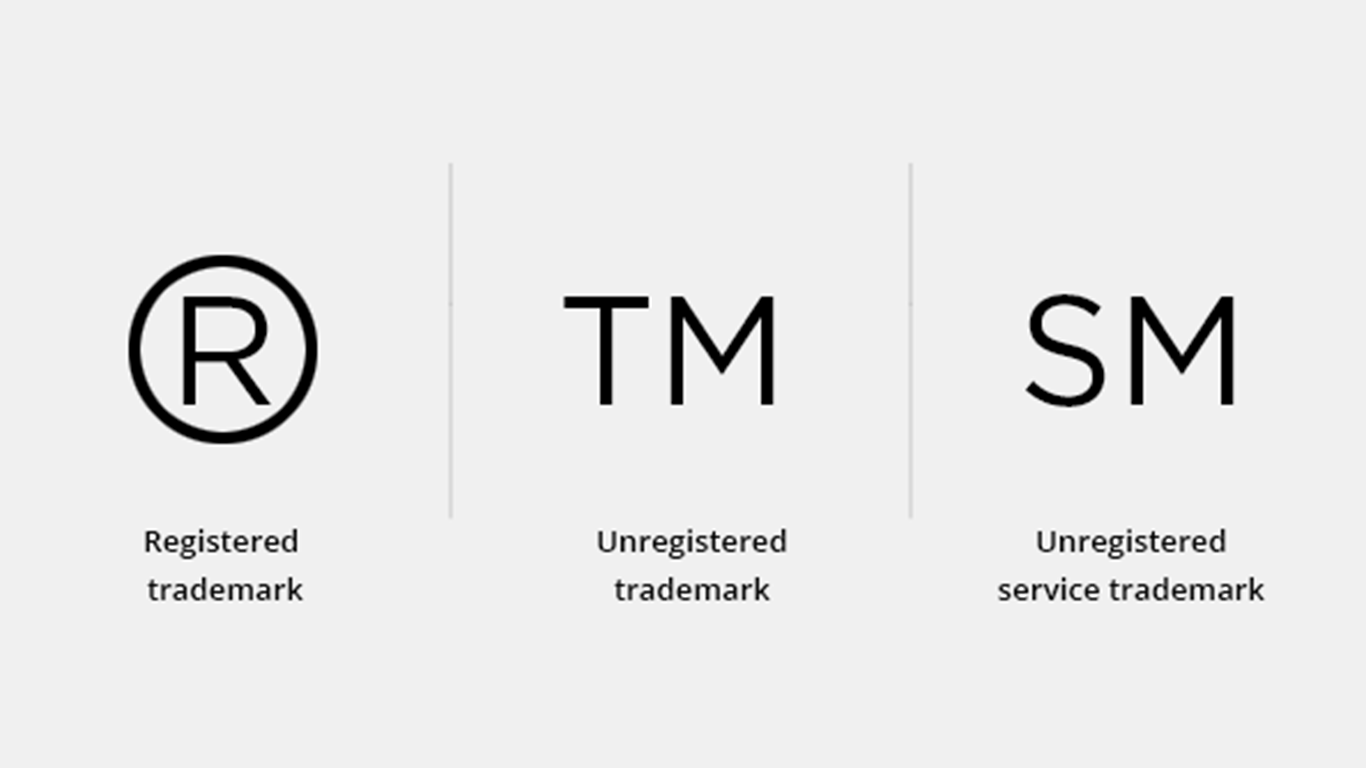Many trademarks consist of two, three, or more words, with some words being “descriptive.” In these cases, the Trademark Office will require that such descriptive word(s) be “disclaimed” to make it clear that that trademark registrant does not have exclusive rights to such descriptive words apart from the trademark as a whole.
As an example, the owner of the three word trademark BONKA BIRD TOYS, for retail store services for pet toy, etc., had to disclaim “BIRD TOYS.” Likewise, the owner of the trademark STARBIRD PARROT TOYS, for pet toys, had to disclaim “PARROT TOYS”. This is not surprising as both BIRD TOYS and PARROT TOYS are clearly descriptive. Thus, if a third party filed for the marks BRIGHTEYE BIRD TOYS or LADDYBUCK’s PARROT TOYS, the owners of the BONKA BIRD TOYS and STARBIRD PARROT TOYS trademarks would not be in a strong position to oppose such new trademarks.
But what happens when a certain phrase consisting of two or more descriptive words, which hasn’t been used together before in the marketplace, is included in a trademark?
As a case in point, consider the trademark BALLISTIC COGNITIVE PREWORKOUT, for nutritional supplements. “PREWORKOUT” is a well-recognized type of nutritional supplement to be taken before a workout, and “COGNITIVE” describes an intended feature of the nutritional supplement- to help with improved cognition and focus during a workout. Yet, the phrase COGNITIVE PREWORKOUT is otherwise not a known term for these types of nutritional supplements.
Under the trademark rules of practice embodied in the Trademark Manual of Examining Procedure (TMEP) Section 1213.08(a)(i), the Trademark Office will nonetheless require a disclaimer of the entire phrase “COGNITIVE PREWORKOUT” in the mark BALLISTIC COGNITIVE PREWORKOUT because both words “COGNITIVE” and “PREWORKOUT” are descriptive and they are presented side-by-side.
TMEP 1213.08(a)(i) Standardized Printing Format for Disclaimer
Since November 9, 1982, disclaimers for marks published for opposition and those registered on the Supplemental Register are printed in a standardized form in the Official Gazette, regardless of the text submitted. Disclaimers are in the standardized format in certificates of registration on the Supplemental Register issued as of that date. Disclaimers are in the standardized format in certificates of registration on the Principal Register issued as of February 1, 1983. The disclaimed matter is taken from the disclaimer of record and inserted into the standardized disclaimer format for printing and Trademark database purposes. The standardized disclaimer text is as follows:
No claim is made to the exclusive right to use “____________” apart from the mark as shown.
See 1022 OG 44 (Sept. 28, 1982). See also In re Owatonna Tool Co., 231 USPQ 493, 495 (Comm’r Pats. 1983) (“[T]he use of the standardized form is solely for the purpose of printing and data base purposes, not for the limitation of registrant’s rights.”).
For the record only, examining attorneys will accept disclaimers with additional statements pertaining to reservation of common-law rights, although §6 of the Trademark Act of 1946 states that no disclaimer shall prejudice or affect the applicant’s or registrant’s rights then existing or thereafter arising in the disclaimed matter. Disclaimers with these additional statements can be entered by examiner’s amendment. The examining attorney must inform the applicant or attorney who authorizes the amendment that the disclaimer will be printed in the standardized format.
What if the trademark was COGNITIVE BALLISTIC PREWORKOUT instead of BALLISTIC COGNITIVE PREWORKOUT? It turns out that in that case, since the two descriptive words are separated by the non-descriptive word BALLISTIC, under TMEP 1213.08(a)(i), each of the “descriptive” words COGNITIVE and PREWORKOUT could be disclaimed separately.
Where non-adjacent components of a mark, or adjacent components that do not form a grammatically or otherwise unitary expression must be disclaimed, the following format is suggested:
No claim is made to the exclusive right to use “________” and “________” apart from the mark as shown.
While the “and” connector is preferred, the USPTO will also accept a statement that “no claim is made to the exclusive right to use “________” or “________” apart from the mark as shown.”
So, the pointer for trademark applicants is that when considering possible trademarks, it is best to separate possibly descriptive words with non-descriptive words to avoid having to disclaim two (or more) word combinations. If all things are otherwise equal, you are better off choosing COGNITIVE BALLISTIC PREWORKOUT instead of BALLISTIC COGNITIVE PREWORKOUT.

